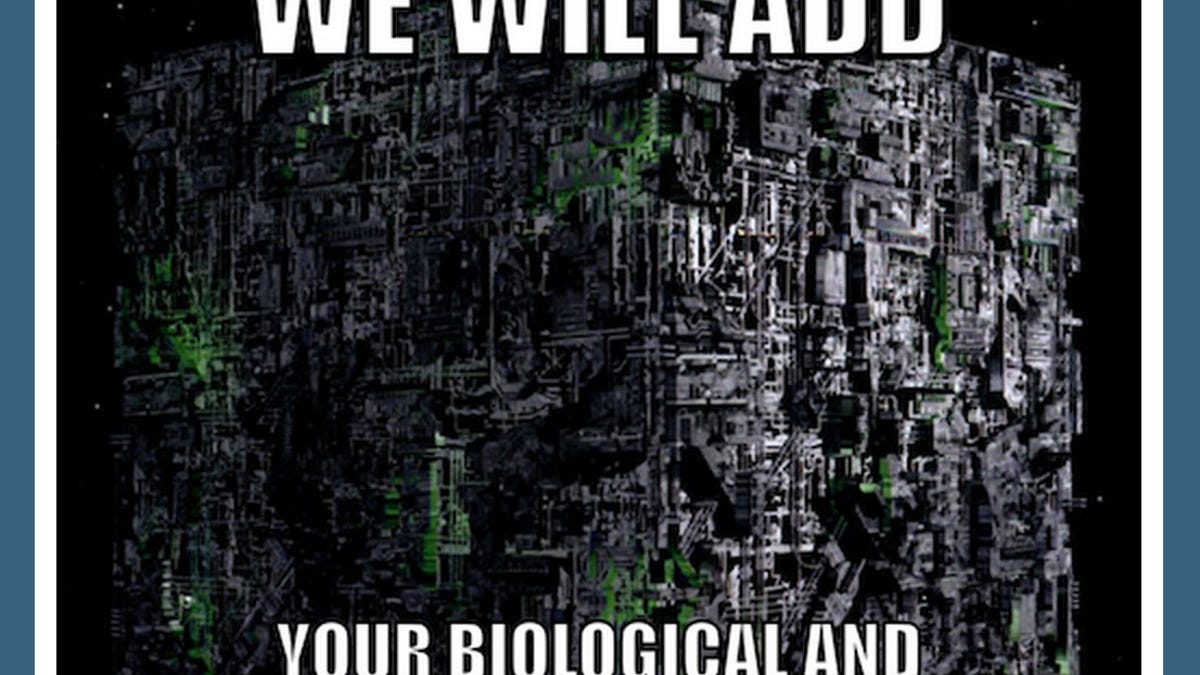MPAA joins Web standards group amid video DRM dispute
Google and Microsoft are working on a Web standard for video copy protection, but the idea has notable opponents. Now the MPAA can lend its voice directly to the controversy.

The movie business now will have a direct voice in a controversy about how to handle copy protection of videos on the Web.
That's because the Motion Picture Association of America (MPAA) has joined the World Wide Web Consortium (W3C), a group that creates Web standards, such as the HTML technology that underlies every Web page on the Internet.
"Just met with W3C CEO Jeffrey Jaffe. We're excited to join W3C and look forward to listening, learning and contributing," tweeted Alex Deacon, the MPAA's senior vice president for Internet Technology at the MPAA. Jaffe has been at CES this week.
The MPAA's arrival is timely, given its years of effort to prevent unauthorized video copying. The W3C has added the ability to host video directly on Web sites using a new component of HTML (Hypertext Markup Language).
The HTML video tag initially offered no mechanism for copy protection, but Microsoft and Google worked with streaming-media giant Netflix to build that support with an approach called Encrypted Media Extensions (EME).
But plenty of folks, including Mozilla and Ian Hickson, an HTML editor working at Google, don't like the arrival of digital rights management (DRM). Though EME doesn't strictly speaking include DRM, it provides a mechanism for invoking separate DRM software called a content decryption module that functions as a browser plug-in.
In an October blog post, Mozilla Chief Technology Officer Brendan Eich explained "why we view DRM as bad for users, open source, and alternative browser vendors":
- Users: DRM is technically a contradiction, which leads directly to legal restraints against fair use and other user interests (e.g., accessibility).
Open source: Projects such as mozilla.org cannot implement a robust and Hollywood-compliant CDM black box inside the EME API container using open source software. Alternative browser vendors: CDMs are analogous to ActiveX components from the bad old days [when Microsoft's IE dominated the browser market]: different for each OS and possibly even available only to the OS's default browser.
Eich called for other approaches, such as watermarking video, which means adding invisible data to files so copyright infringers could be tracked down more easily.
"We are not just going to say that users cannot have access to streaming Hollywood movies, as that is a good way to lose market share and not have any product with which to uphold our mission," Eich said.

